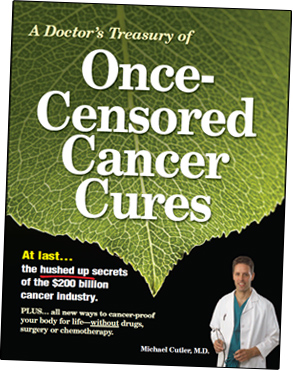Divas Fall in Wild Shootout, 56-35
Neal Rozendaal
Landover, MD – The Boston Militia just keep rolling along.
Whitney Zelee and Alicia Walker combined for six rushing touchdowns, and the Boston Militia handed the DC Divas their first defeat of the season by a 56-35 count. The Divas (3-1) trailed by only six points entering the fourth quarter, but they ultimately had no answer for a seemingly unstoppable Militia running attack.
The Boston Militia (3-0) upped their record to 38-1 in their last 39 regular season games.
Boston won the coin toss and wasted little time cracking the scoreboard. Zelee took control of the game early, rushing for three touchdowns on Boston’s first three possessions. The Divas responded to Zelee’s first touchdown with a rushing touchdown of their own – a six-yard scamper by Kenyetta Grigsby.
The Divas’ next two offensive possessions, however, bogged down in Boston territory. On their second possession of the game, DC had a third and nine from the Militia 12-yard line. But quarterback Allyson Hamlin took an eight-yard sack on the final play of the first quarter, and her pass to the end zone to open the second period fell incomplete on fourth and 17.
The Divas got the ball back trailing 20-7, and they quickly drove down to Boston’s 27-yard line. After an incomplete pass and a Grigsby rush for no gain, the Divas faced a third and ten. Grigsby then ripped off a 13-yard run for an apparent first down, but a holding penalty wiped out the gain and pushed DC back ten yards. A Hamlin pass on third and twenty fell incomplete, and the Divas had to punt again.
At the close of the first half, the Divas’ defense finally got their first stop of the game. Callie Brownson brought Zelee to the ground for one of her nine tackles in the contest, and Zelee briefly left the field. With their star back sidelined, Boston’s offense finally cooled off and had to punt with under a minute remaining. Although they trailed at halftime, 20-7, the Divas’ defensive stop kept them within striking distance.
Kenyetta Grigsby almost single-handedly kept the Divas in the game in the third quarter. On three separate occasions in the period, she rushed for touchdowns that drew the Divas within seven points of the Militia. Her third touchdown of the quarter with just four seconds remaining cut DC’s deficit to 34-28. Grigsby finished the game with 201 yards on 35 carries and four touchdowns.
But every time Grigsby scored to pull the Divas within a touchdown, Boston responded with a rushing score of their own. With only 36 seconds gone in the fourth quarter, Zelee crossed the goal line for the fifth time to put Boston back on top, 42-28.
The Divas then made their first big mistake of the game. On the ensuing kickoff, a lateral pass went awry, and Boston recovered the fumble at the Divas’ 20-yard line. The Militia took advantage of the short field, punching across a short touchdown run for a 50-28 lead.
Yet DC refused to fold. Hamlin hit Ashley Whisonant for a 46-yard touchdown pass with 11:11 left in the contest to pull the Divas within 50-35. Then the Divas’ defense forced Boston’s second punt of the game, getting the Divas the ball back with just under eight minutes remaining.
But Hamlin threw her only interception of the game at midfield moments later, and with 3:31 left in the contest, Cahill threw her only touchdown pass of the game. The scoring toss was a 26-yard throw to fullback Dorothy Donaldson, and it pushed Boston’s lead out to 56-35. The Divas drove down to the Militia 25-yard line as the game expired.
Hamlin completed 14 of 27 passes for 213 yards and one touchdown and one interception. Her favorite targets were Juliette Baker-Brice, who made six catches for 103 yards, and Ashley Whisonant, who hauled in five passes for 74 yards and one touchdown. Trigger McNair led the defense with ten tackles; Brownson added nine and D’Ajah Scott notched eight tackles.
The Divas get a bye next weekend after four games in four weeks. They next take the field May 11 when they host the New York Sharks.


